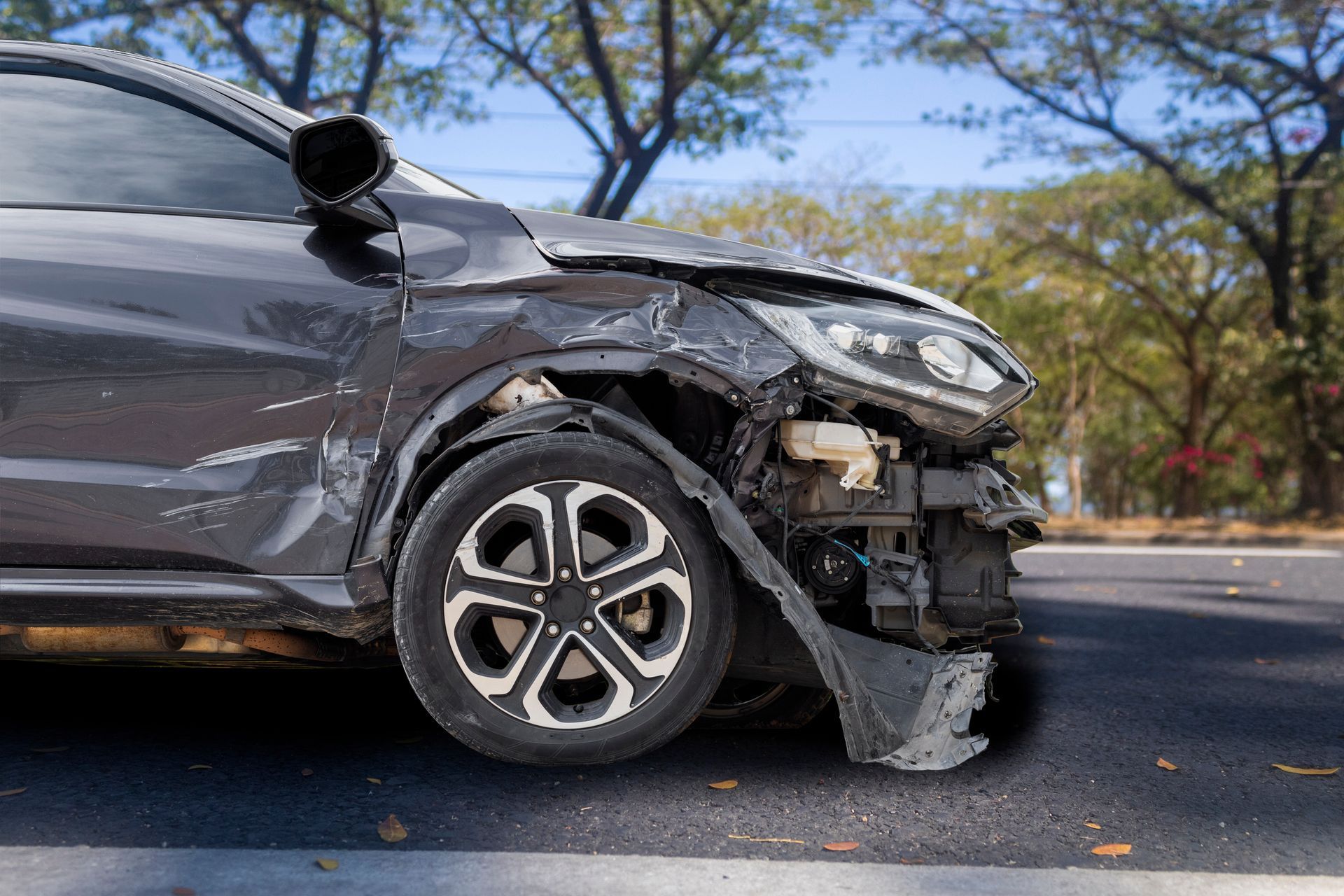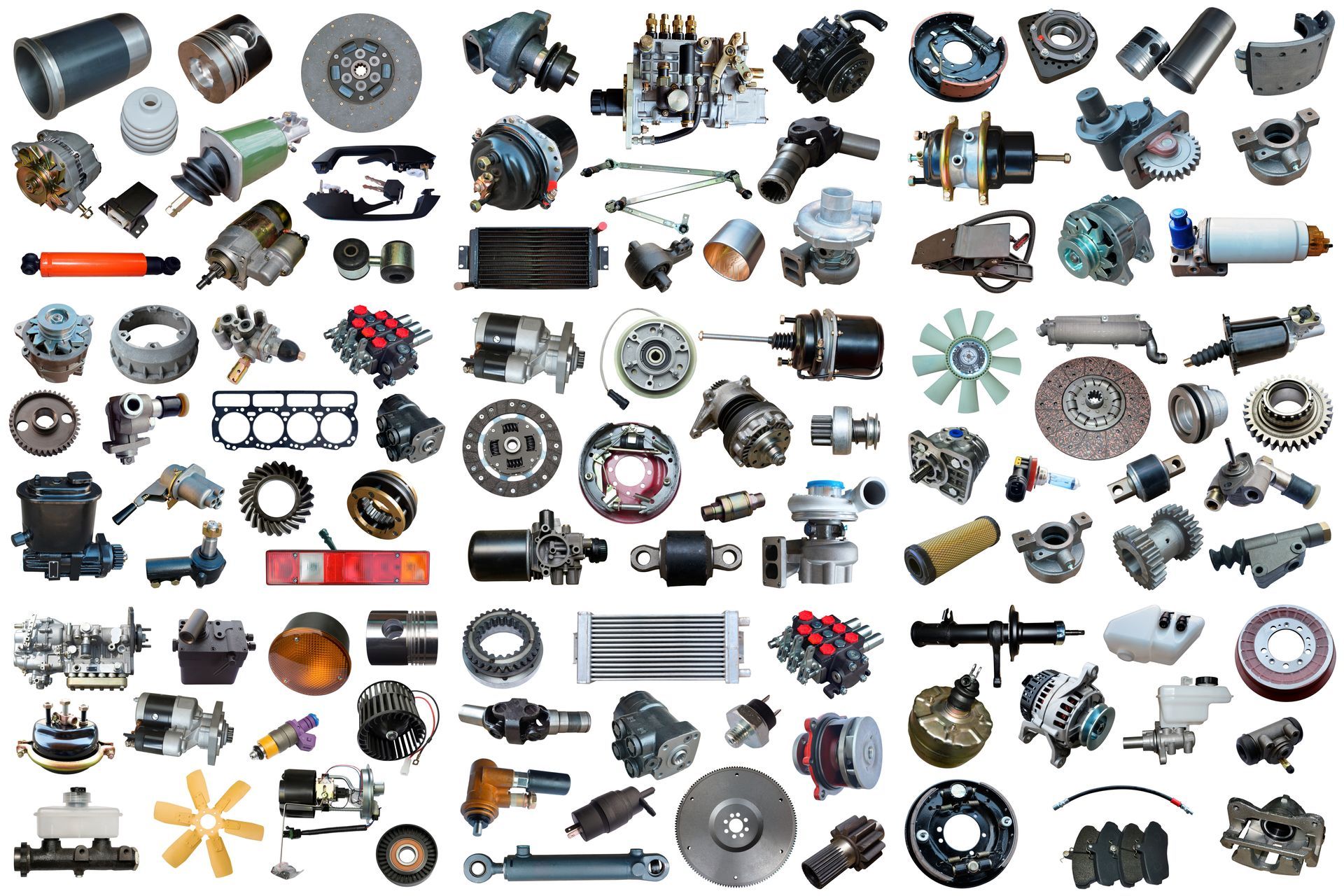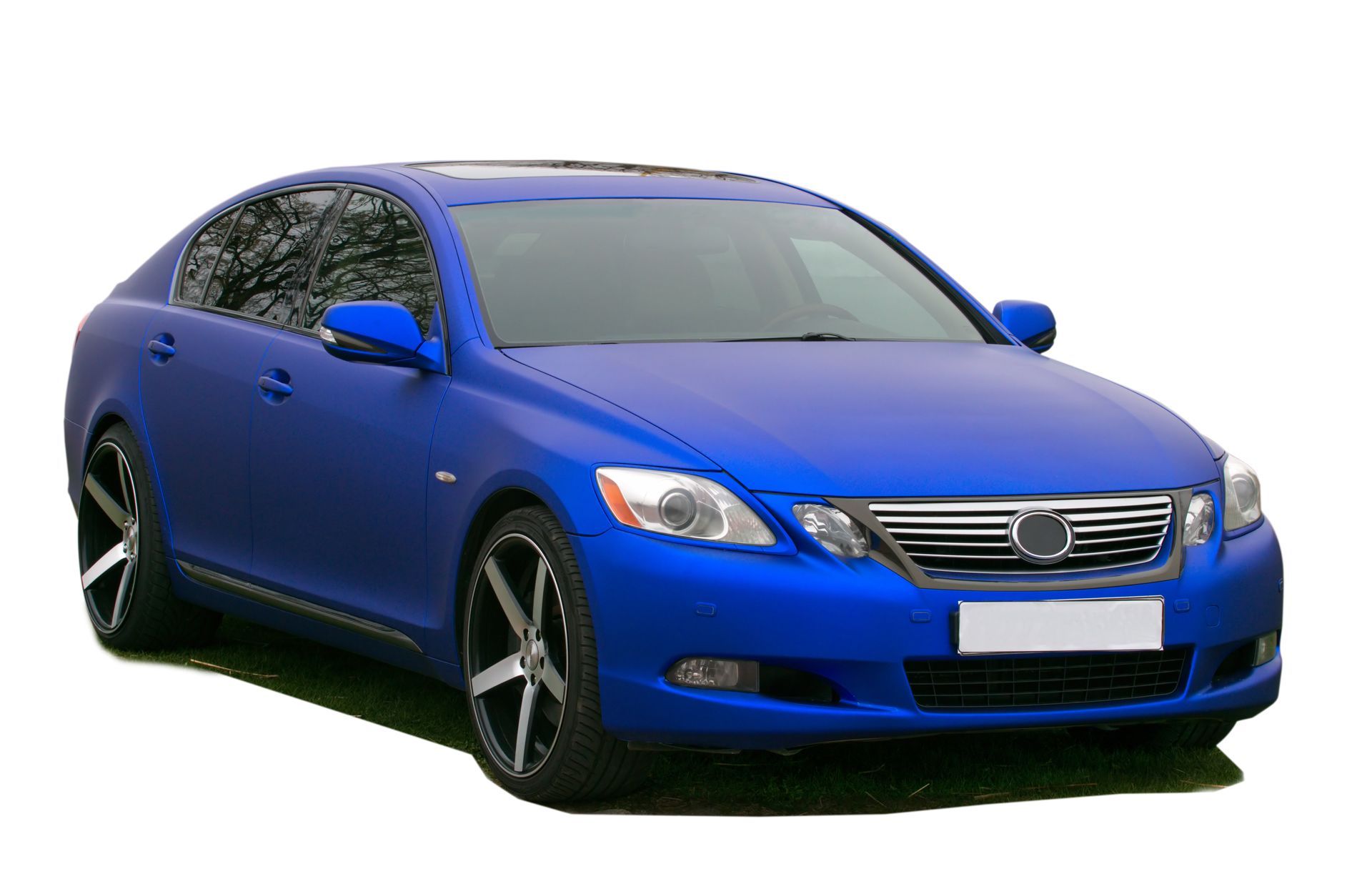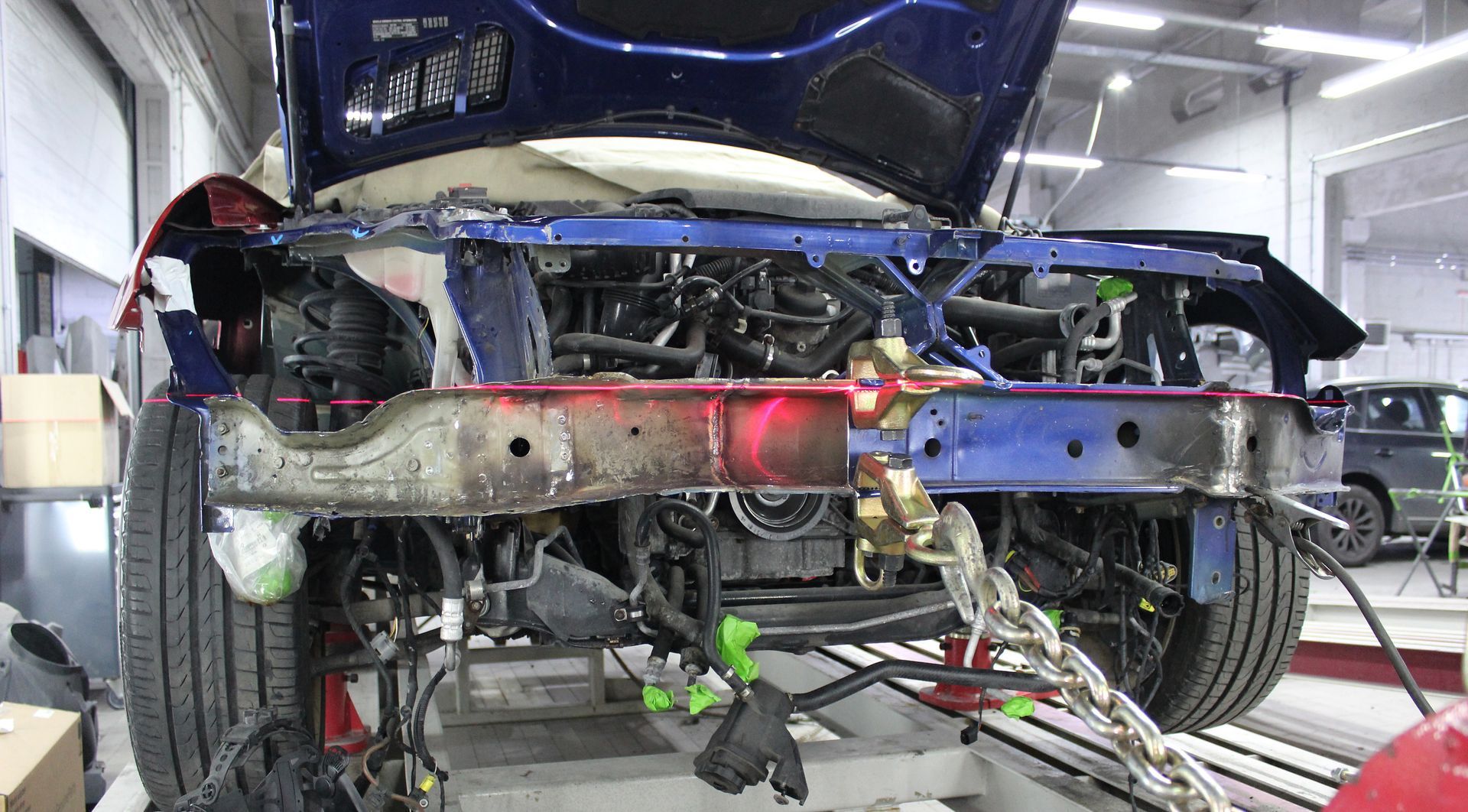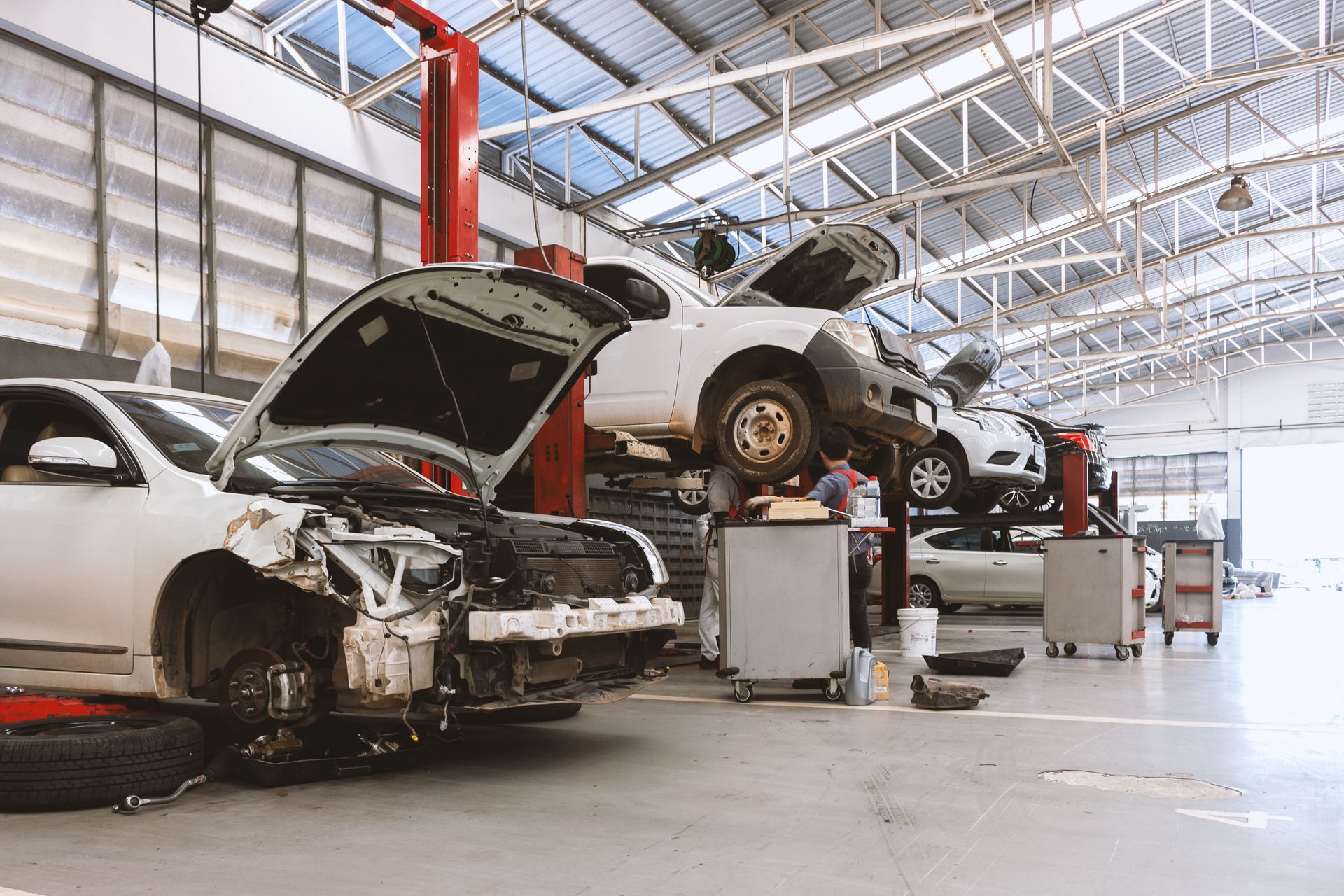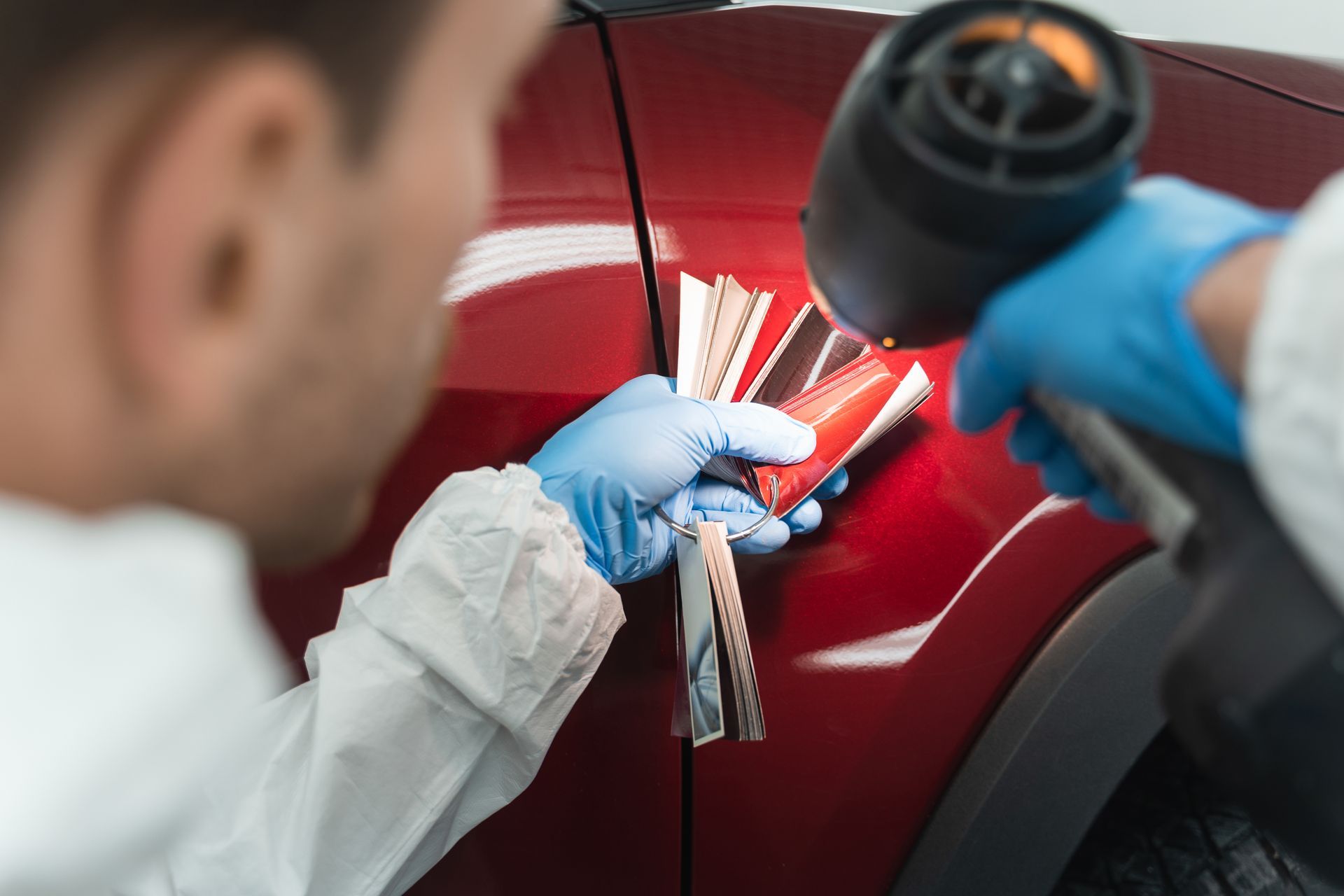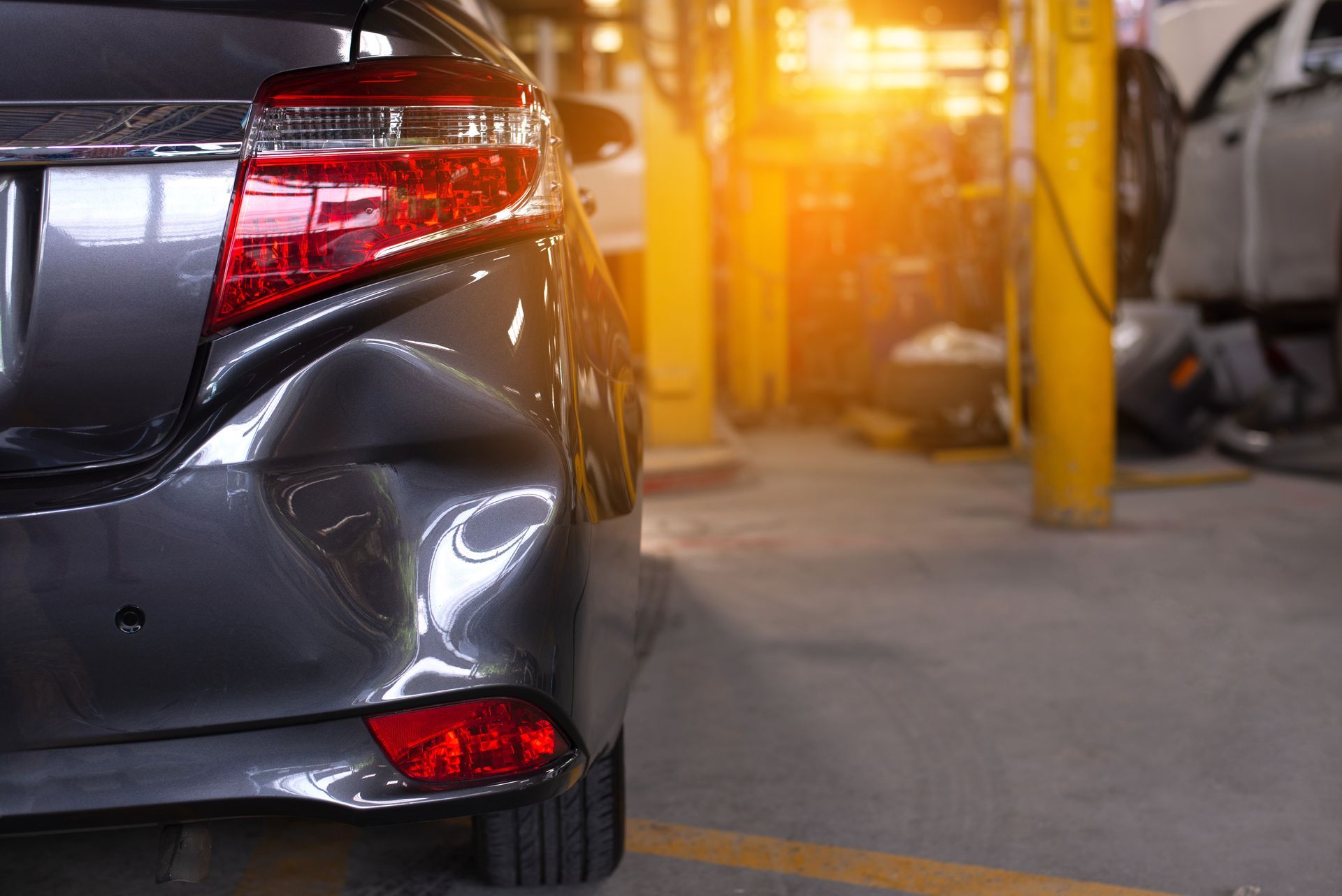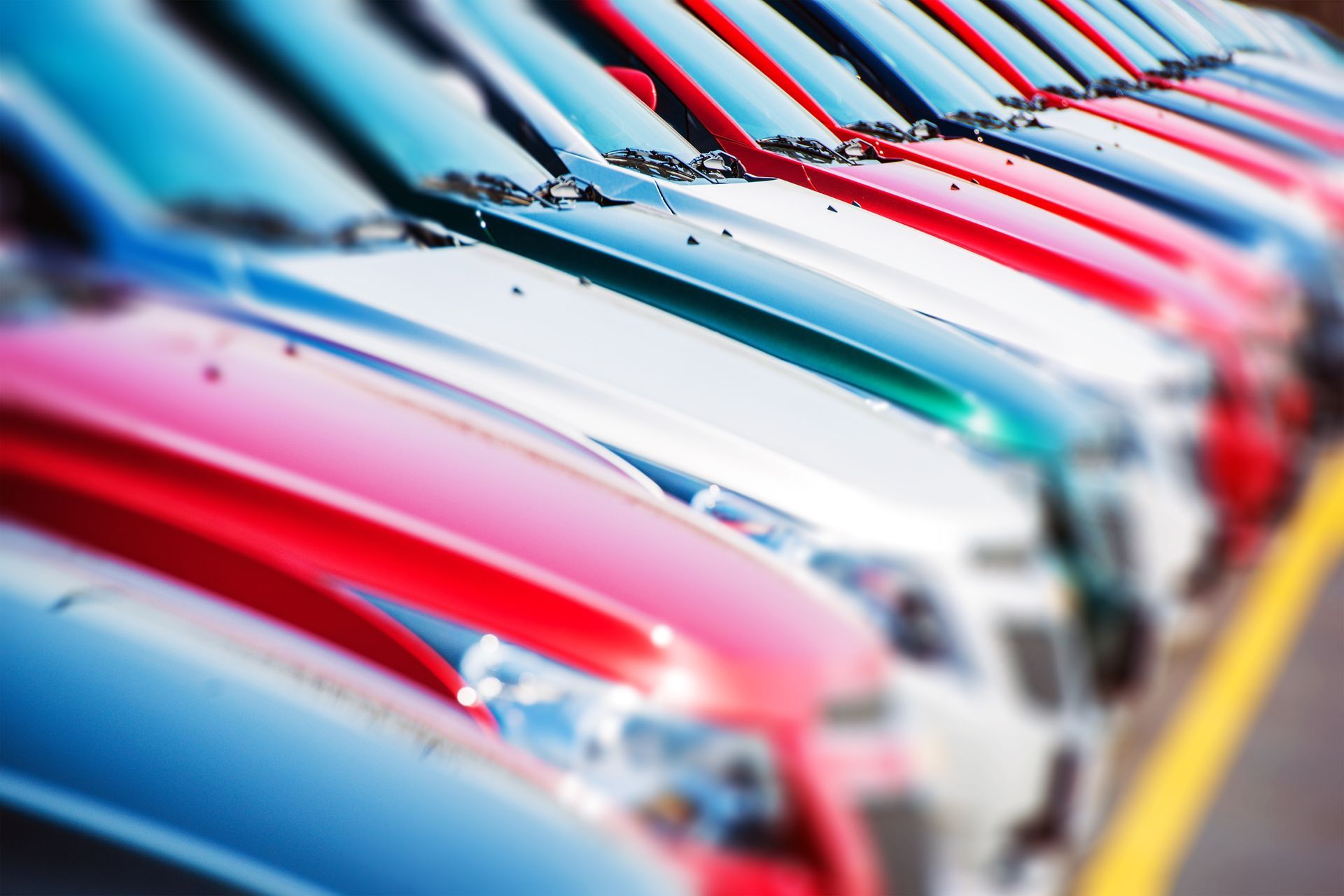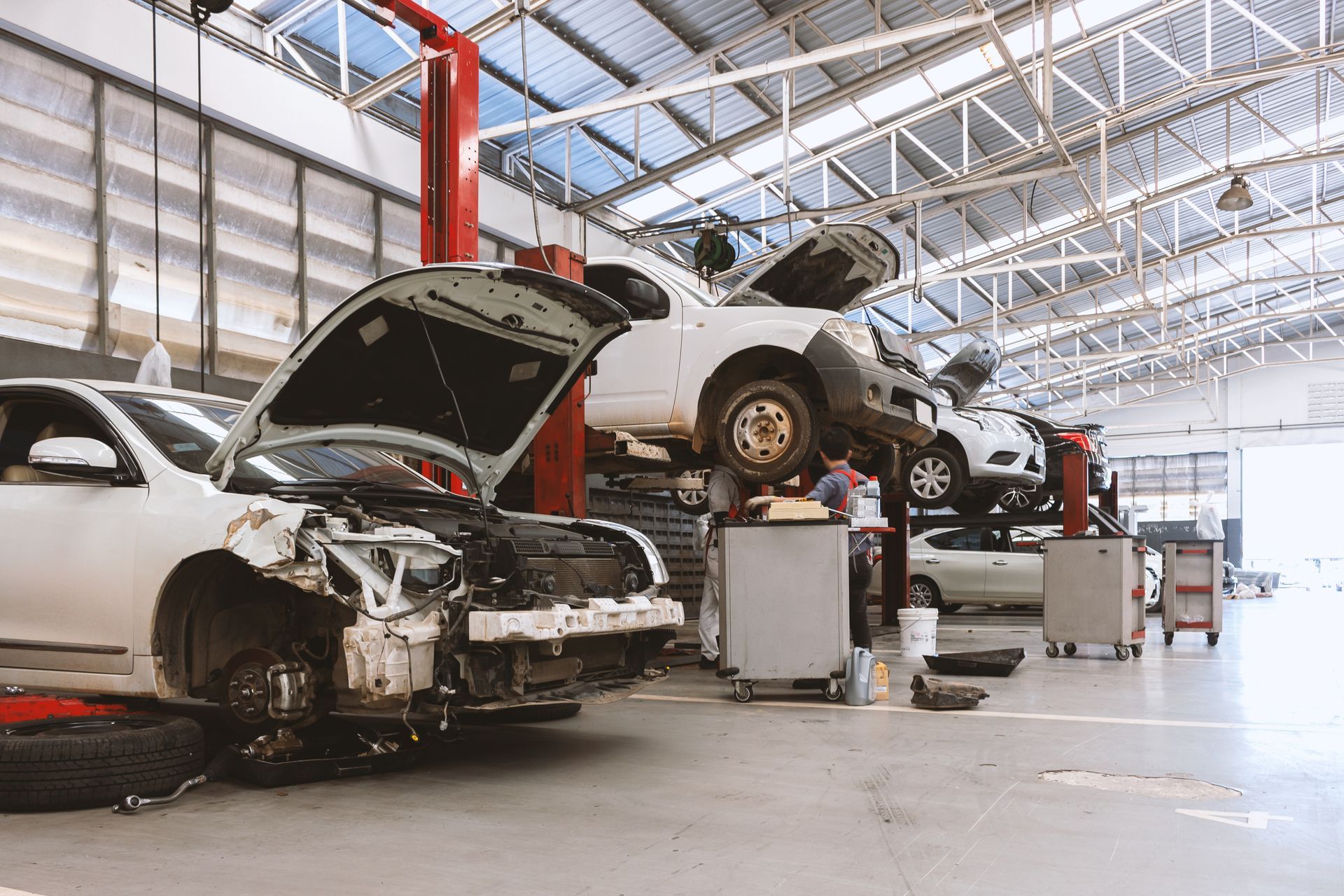When your vehicle has been in a collision or has suffered body damage, one of the first questions is whether to repair the damaged panel or replace it entirely. This decision isn’t always obvious. While some dents and scrapes can be repaired quickly and affordably, other damage may require full panel replacement to ensure your vehicle remains safe, functional, and visually appealing.
Understanding what goes into the decision can help you feel more confident when reviewing your repair options.
Extent and Type of Damage
The first and most important factor is the severity of the damage. A panel with a shallow dent or surface scratch is usually a good candidate for repair. On the other hand, if the panel has deep creases, is torn, or has been significantly bent out of shape, replacement may be the better—and safer—option.
Advanced tools like paintless dent repair (PDR) can work wonders for small dents, but they have limitations. Once a panel's structural integrity has been compromised, repairing it could leave behind hidden weaknesses. Panels that have been stretched, kinked, or cracked are usually best replaced.
Location of the Damage
Where the damage is located can also influence the repair strategy. Front and rear fenders, doors, and quarter panels are common areas for impact. If the damage is near seams, mounting points, or complex curves, it may be more difficult to repair without affecting the fit or function of nearby components.
Hood and trunk panels, for example, need to close securely and align properly. If damage interferes with their operation, replacing the panel may be necessary to ensure the vehicle’s structure and safety features function correctly.
Material of the Panel
Not all car panels are made the same. Steel and aluminum panels behave differently under stress and require different techniques for repair. Aluminum, for instance, is more difficult to work with and less forgiving when reshaped. It also requires specialized tools and experience.
Composite materials, often found on newer or luxury vehicles, add another layer of complexity. If your vehicle uses these materials, replacement may be more practical or even required by the manufacturer depending on the location and extent of damage.
Cost and Labor Considerations
Sometimes the decision comes down to economics. Repairing a panel may involve hours of labor, sanding, filler, and paint blending. If the part is relatively inexpensive, replacement could actually cost less in the long run. Conversely, high-end vehicles with expensive body parts might be better candidates for repair if the labor cost is still lower than ordering a new panel.
Your insurance coverage can also affect the choice. Depending on your policy and deductible, your repair shop might work with you to find the most affordable solution that still meets safety and quality standards.
Impact on Paint Matching and Finish
Any time a panel is repaired or replaced, the paint must be blended to match the rest of the vehicle. Matching factory paint requires precision and skill, particularly if your car has metallic or pearlescent finishes. Replacing a panel may simplify the job if the surrounding paint is still in good condition, especially if it can be painted off the vehicle before installation.
However, for minor damage, repairing the original panel can preserve more of the factory finish and reduce the need for extensive blending across multiple panels.
B & R Auto Body Works – Collision Repair Professionals in Pompano Beach, FL
At B & R Auto Body Works, we approach every repair with the goal of getting your car back to its pre-accident condition, both visually and structurally. Whether you need a simple panel repair or a full replacement, our technicians will assess the damage carefully and recommend the most effective solution. Located in Pompano Beach, we’re committed to high-quality workmanship, accurate color matching, and honest guidance.
Contact us today to schedule your estimate and get your vehicle looking like new again.

